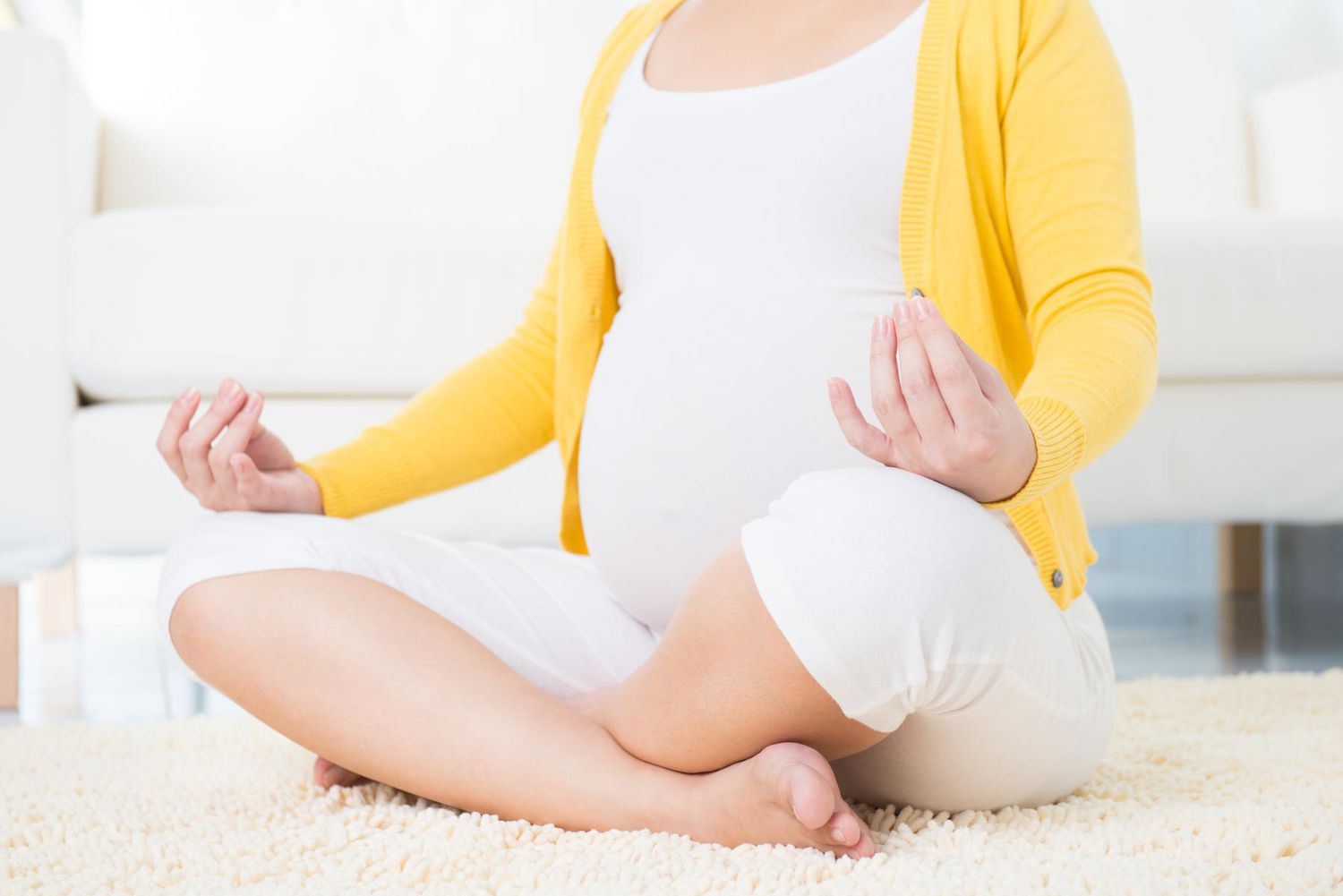Understanding Yin Yoga
Before diving into the 1-hour practice, let’s grasp the essence of Yin Yoga. Unlike its dynamic counterpart, Yang Yoga, Yin Yoga involves holding passive poses for an extended duration, typically ranging from 3 to 5 minutes or even longer. This extended hold targets the connective tissues, promoting flexibility, joint health, and energy flow.
The Science of Yin Yoga for Flexibility
Yin Yoga operates on the principle of stressing tissues to stimulate their growth and repair. When we hold poses for an extended period, we create a gentle stress on the fascia, ligaments, and tendons, encouraging them to lengthen and become more elastic. This gentle stress also stimulates the production of synovial fluid in the joints, enhancing their mobility and health.
In terms of flexibility, Yin Yoga focuses on the deeper layers of connective tissue, providing a counterbalance to the more superficial stretching often associated with Yang Yoga. By targeting the fascia and other connective tissues, Yin Yoga helps release tension, making it an ideal practice for anyone seeking to unlock greater flexibility in a sustainable way.
The Benefits of a 1-Hour Yin Yoga Session
Now, let’s explore the specific benefits of dedicating an entire hour to Yin Yoga:
Deep Muscle Relaxation: Holding Yin poses for an extended period induces a state of deep relaxation, allowing the muscles to release tension. 100 Hours Yin Yoga Teacher Training This not only aids flexibility but also contributes to overall stress reduction.
Improved Joint Flexibility: The long holds in Yin Yoga gently stimulate the joints, enhancing their range of motion. This is particularly beneficial for areas like the hips, spine, and shoulders.
Enhanced Energy Flow: Yin Yoga facilitates the flow of energy or “qi” through the body’s meridian lines, fostering balance and vitality. Improved energy flow contributes to a sense of well-being and heightened mental clarity.
Mindful Awareness: The prolonged holds in Yin Yoga require focused attention and mindfulness. This meditative aspect not only deepens the mind-body connection but also promotes mental clarity and emotional balance.
Key Yin Yoga Poses for Full Body Flexibility
Now, let’s delve into a series of Yin Yoga poses that collectively form a comprehensive 1-hour practice for unlocking flexibility:
Child’s Pose (Balasana): Begin with Child’s Pose to gently stretch the hips, thighs, and lower back. This pose encourages relaxation and introspection, setting the tone for the practice.
Dragon Pose (Yin Variation): Transition into Dragon Pose, targeting the hip flexors and quadriceps. The extended hold allows for a deep release in these areas, contributing to increased hip flexibility.
Sphinx Pose: Move into Sphinx Pose to target the lower back and spine. The gentle backbend stimulates the lumbar spine, promoting flexibility and alleviating stiffness.
Butterfly Pose (Baddha Konasana): Open up the hips and inner thighs with Butterfly Pose. The prolonged hold allows for a gradual release of tension in these areas, enhancing overall hip flexibility.
Melting Heart Pose (Anahatasana): Transition into Melting Heart Pose to deepen the stretch in the chest, shoulders, and upper back. This heart-opening pose contributes to increased flexibility in the upper body.
Supported Bridge Pose: End the practice with Supported Bridge Pose, targeting the spine, hip flexors, and chest. The use of props enhances the passive stretch, promoting relaxation and flexibility.
Tips for an Effective Yin Yoga Practice
Mindful Breathing: Focus on deep, rhythmic breathing throughout the practice. Conscious breathing not only enhances the effectiveness of the poses but also promotes a meditative state.
Use Props Wisely: Incorporate props, such as blocks and bolsters, to support your body in each pose. Proper prop usage ensures comfort and allows for a longer, more sustainable hold.
Listen to Your Body: Yin Yoga encourages a gentle approach. Listen to your body’s signals, and if a pose feels too intense, use modifications or come out of the pose gradually.
Commit to Regular Practice: Consistency is key in Yin Yoga. Commit to a regular practice to experience cumulative benefits in flexibility, joint health, and overall well-being.
Conclusion: The Gift of Flexibility
As we conclude our exploration of a 1-hour full-body Yin Yoga experience, it’s essential to recognize the gift of flexibility that this practice bestows upon us. Beyond the physical benefits, Yin Yoga offers a pathway to inner tranquility and mindfulness. By dedicating time to unlock flexibility through these gentle yet profound poses, we gift ourselves not only a more agile body but also a calmer mind and a deeper sense of well-being. Embrace the journey of Yin Yoga, and let flexibility become a key to unlocking a more balanced and harmonious life.



